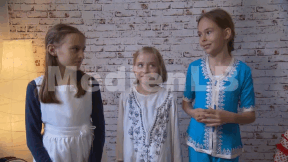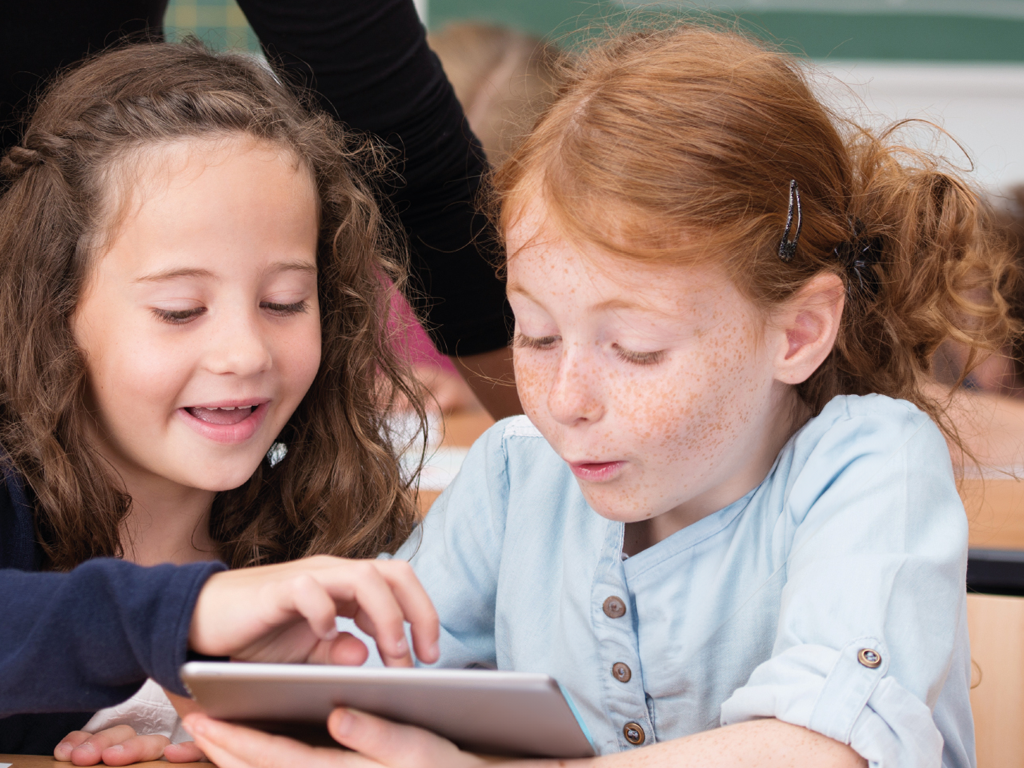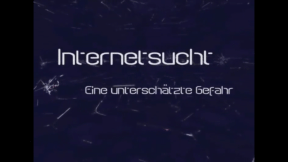 Training of Teachers
Training of Teachers
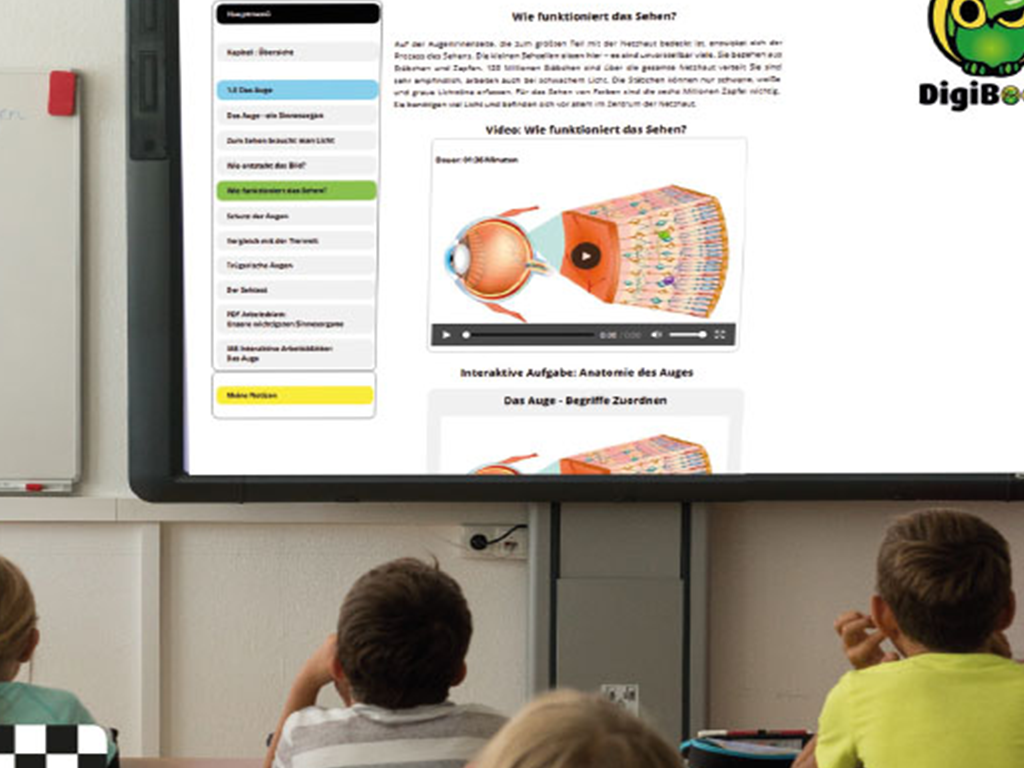
4679335 / 5565861
Digitale Bildung
Schule 2.0
Digitale Kompetenz ist eine Kernkompetenz der Schüler von heute – deren Vermittlung in der Schule erfolgt indes größtenteils analog. Wie die Schule 2.0, die digitale Schule aussehen kann, das thematisiert der Film mit zahlreichen Beispielen aus der Unterrichtspraxis. Zahlreiche Vertreter aus Wissenschaft, Politik und Wirtschaft kommen zu Wort und äußern ihre Vorstellungen von der Schule der Zukunft. Welche infrastrukturelle Ausstattung notwendig ist, welche Hardware vorhanden sein muss und wie die Inhalte der digitalen Schule aussehen können, das sind Fragen, über die es bis heute viele verschiedene Ansichten gibt. Ebenso stellt sich die Frage, wie die Mittel des Digitalpaktes am sinnvollsten eingesetzt werden können. Der Film gibt Lehrerinnen und Lehrern wertvolle Impulse – wie digitale Medien aussehen können, zeigt das Begleitmaterial mit 11 interaktiven Aufgaben für verschiedene Fächer und Schularten.
Play trailer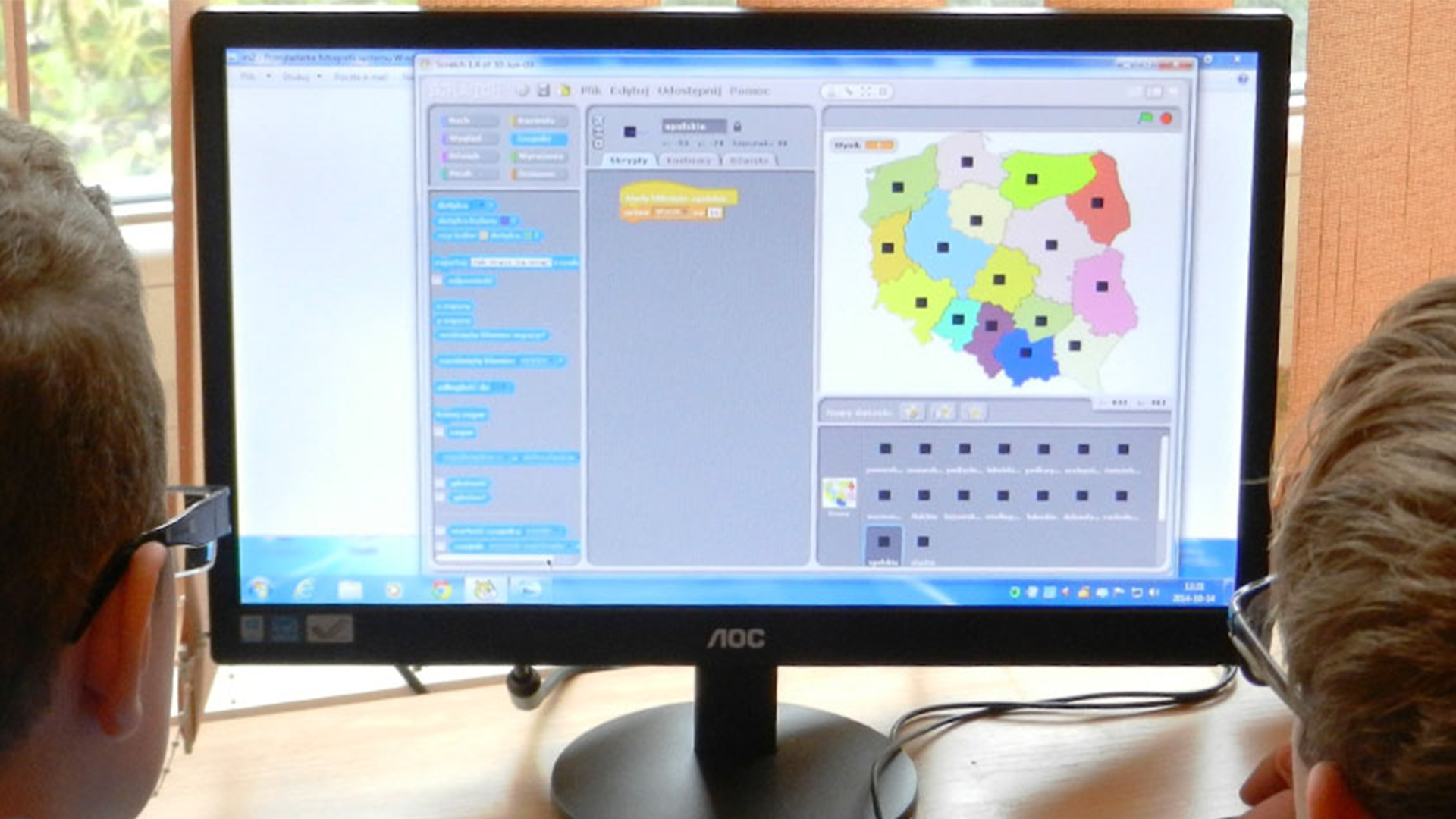
Curriculum-centred and oriented towards educational standards
Matching
Mobile Learning II
Oh, what’s that? Original soundtrack Thissen: “As our children grow up in a media world and naturally handle the media, they should also be a topic in school.“ An older child says the point is that they don’t just load down apps but create things themselves that haven’t existed so far. Hi, I’m Jana. A propeller hat. I’ll put it on. Now I’m no longer a simple rhino, but a flying rhino. Original soundtrack Thissen: “It’s exactly the great flexibility of tablets that promotes very personalised and adapted learning.” Original soundtrack Welzel: “It’s fascinating to see how the children grow with their products and how they always want to improve them.” The Westminster Abbey is a church in London for the royal family. Original soundtrack Welzel: “And?“ They think it is ok.
Internet Addiction
The film consists of two parts. The first part is the 15-minute short film “In the Net”. It describes the problem of excessive Internet use in a humorous way, in particular the risk of losing touch with reality when chatting. The second part illustrates with three real persons how Internet addiction can develop and the problems encountered by those who are afflicted. The authentic statements are commented by an experienced therapist. For many pupils, the issues addressed here are related to their everyday lives. What is a “sensible” use of the Internet, where does pathological addiction start? In contrast to addiction to alcohol, nicotine or drugs, the public seems to be largely ignorant of the problem of this addiction, which is not related to any substance abuse. The film provides material for discussion in the classroom (crossdisciplinary) and can be used as a basis for the formulation of prevention strategies.





